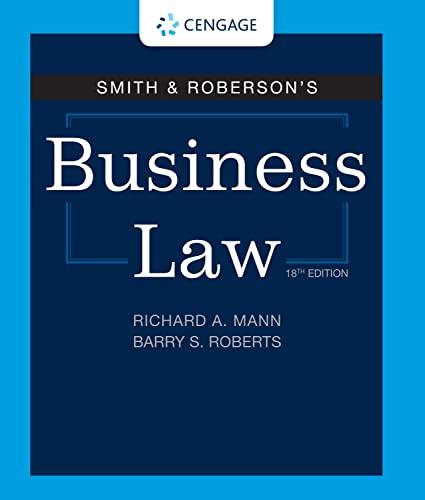Question
Demonstrate a critical thought process about below: Interrogating searching vehicles without warrants began with a 1789 act of Congress. This was the same Congress that
Demonstrate a critical thought process about below: Interrogating searching vehicles without warrants began with a 1789 act of Congress. This was the same Congress that had adopted the Fourth Amendment, so the hated British general warrants were fresh in Congress's mind. Despite these bitter memories, the 1789 statute authorized law enforcement officers without a warrant "to enter any ship or vessel, in which they shall have reason to suspect any goods, wares or merchandise subject to duty shall be concealed; and therein to search for, seize, and secure any such goods, wares or merchandise." Interrogating ship searches was one thing; home searches were quite another. Officers who suspected people were hiding taxable stuff in their houses had to get a warrant based on probable cause before they searched. Why the a difference between boats and houses? Necessity: "Goods in the course of transportation and concealed in a movable vessel readily could be put out of reach of a search warrant." In 1815, Congress authorized officers "not only to board and search vessels within their own and adjoining districts, but also to stop, search, and examine any vehicle, beast, or person on which or whom they should suspect there was merchandise which was subject to duty." In the Indian Appropriation Act of 1917, Congress authorized officers without warrants to seize and forfeit "automobiles used in introducing or attempting to introduce intoxicants into the Indian territory" (Carroll v. U.S. 1925, 152-53). Not a single SCOTUS case ever challenged this exception until 1925 during Prohibition when the modern history of the vehicle exception began. You saw the impact of technology on interrogating Fourth Amendment ideals in several cases in Chapter 3 (eavesdropping microphones in Katz v. U.S., radio transmitters in U.S. v. White, and thermal imaging in Kyllo v. U.S.). Their impact, however, can't compare with the single greatest technological advance of the 20th century that affected the Fourth Amendment. As car ownership spread throughout all classes in society, its use as a crime tool advanced and so did Fourth Amendment law. SCOTUS added another rationale in its vehicle exception interrogation reduced the expectation of privacy in vehicles. Prohibition, the fear of alcohol-related crimes, and the ubiquity of the car were behind the landmark vehicle exception case, Carroll v. U.S. (1925), in the 1920s.
Step by Step Solution
There are 3 Steps involved in it
Step: 1

Get Instant Access to Expert-Tailored Solutions
See step-by-step solutions with expert insights and AI powered tools for academic success
Step: 2

Step: 3

Ace Your Homework with AI
Get the answers you need in no time with our AI-driven, step-by-step assistance
Get Started


